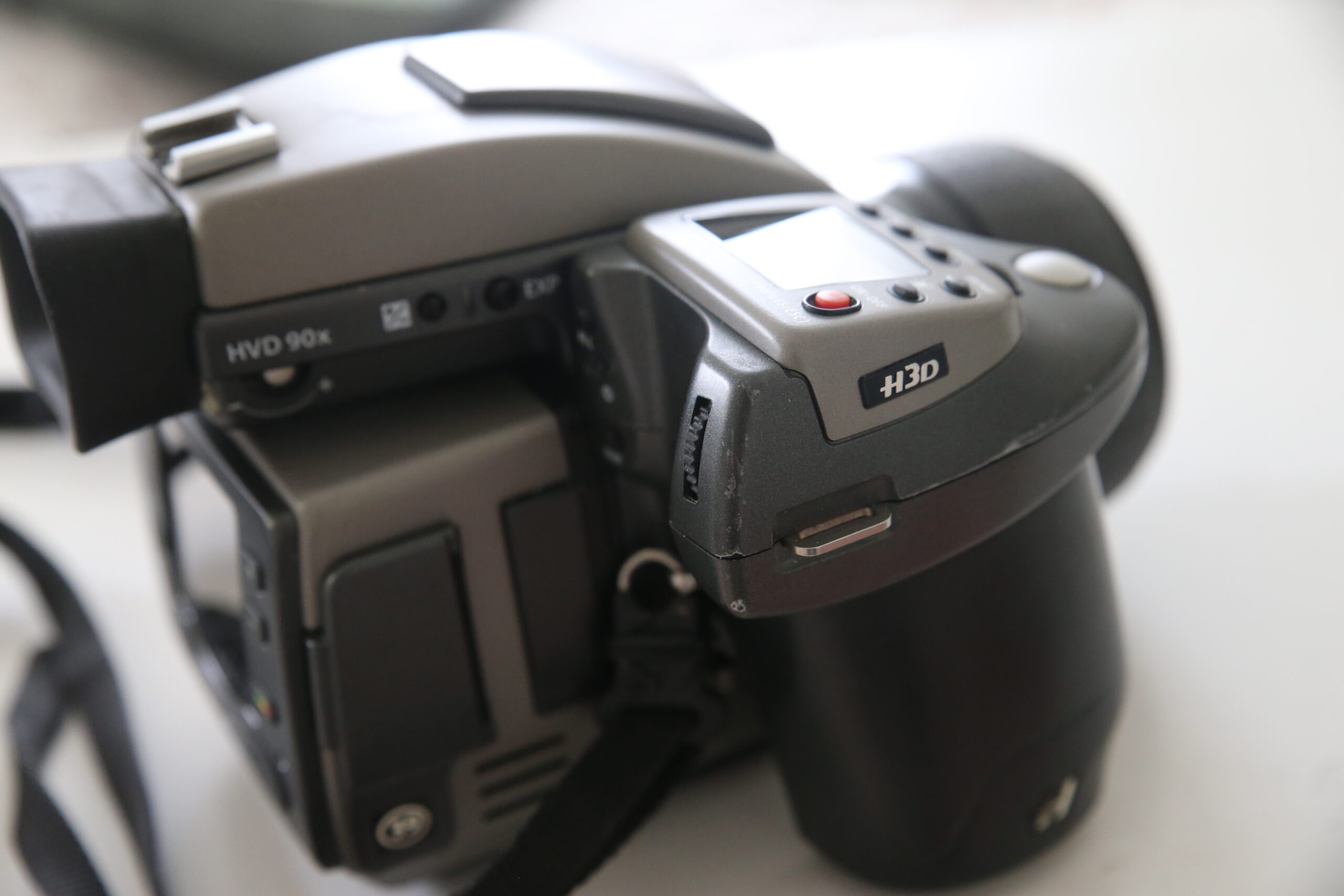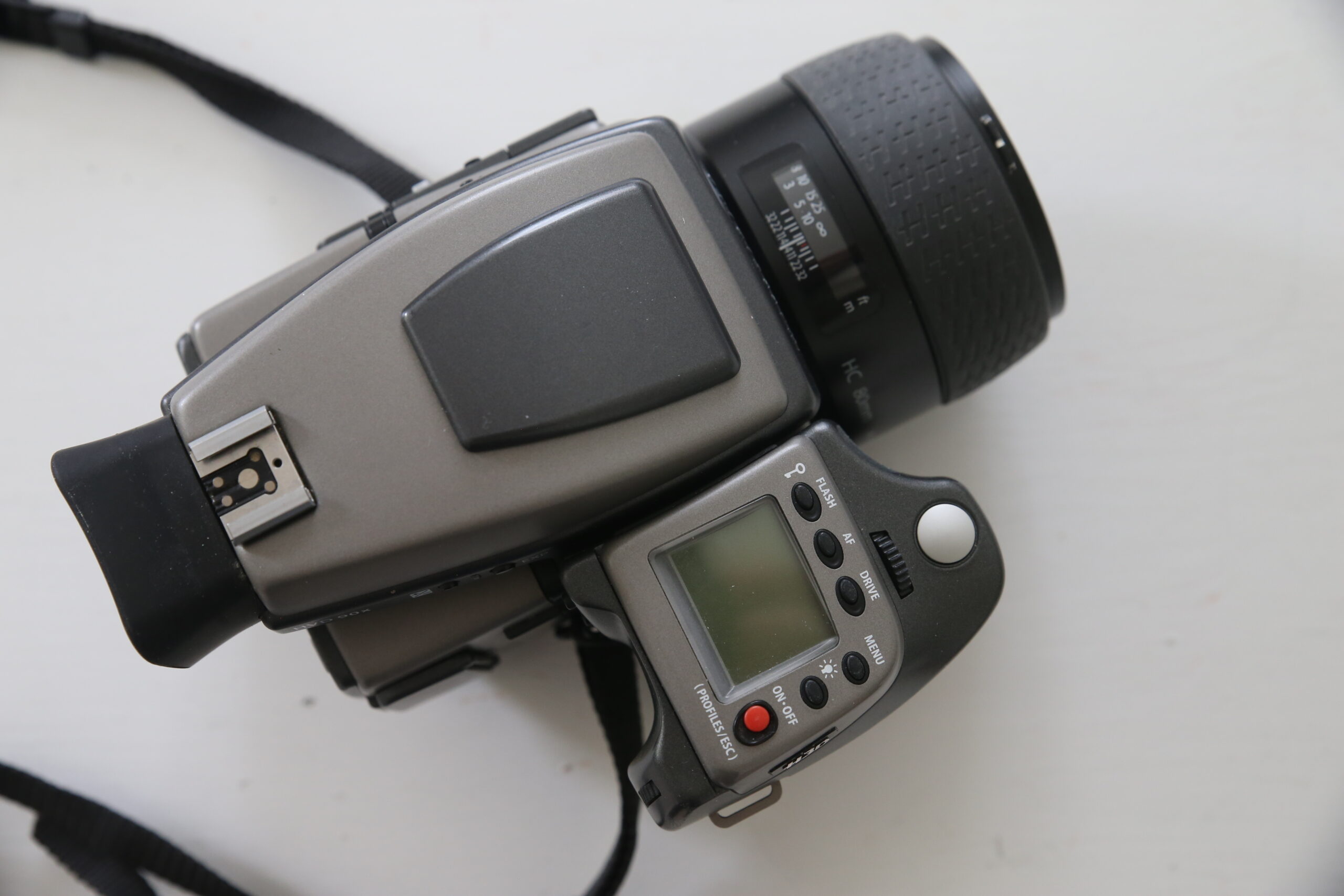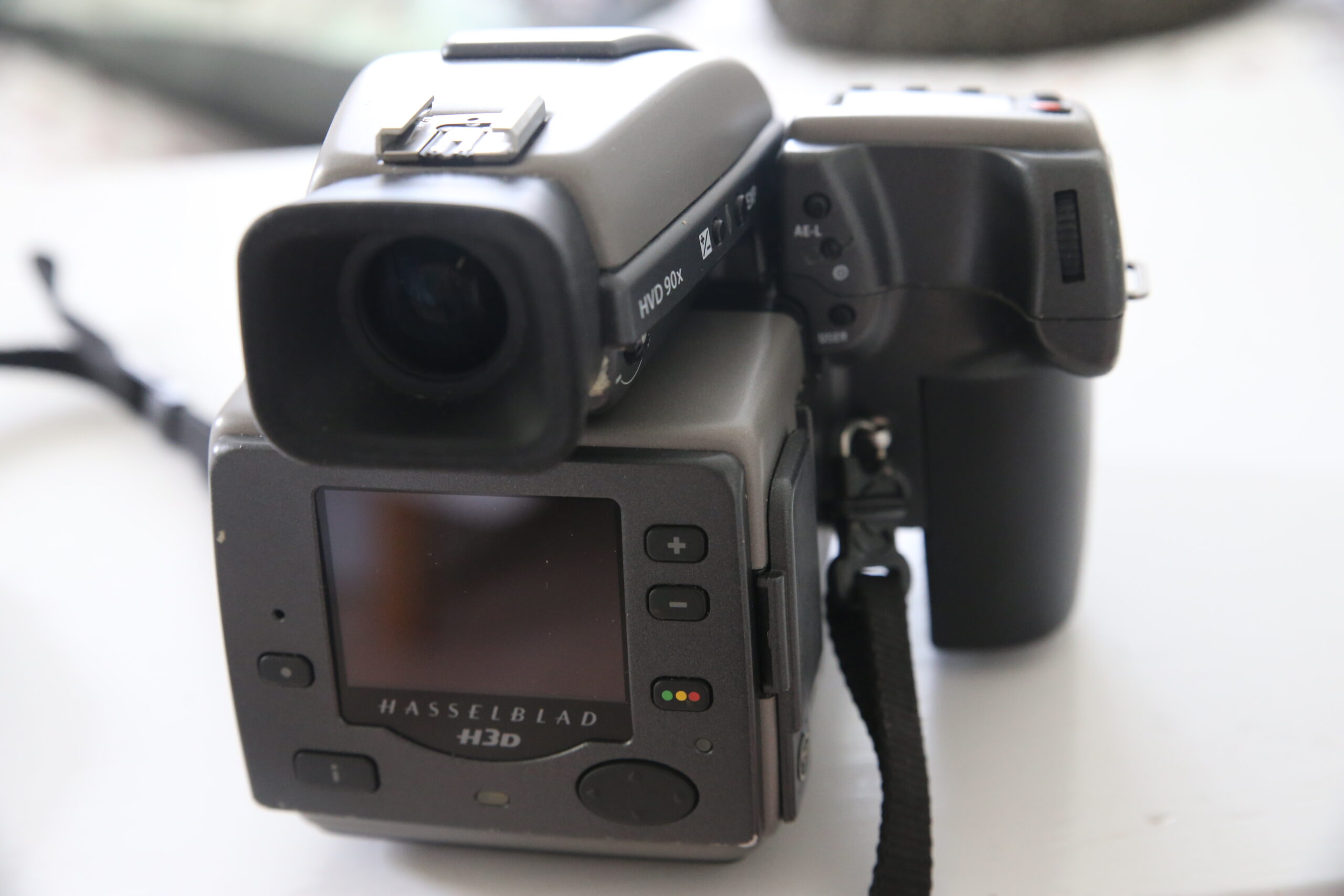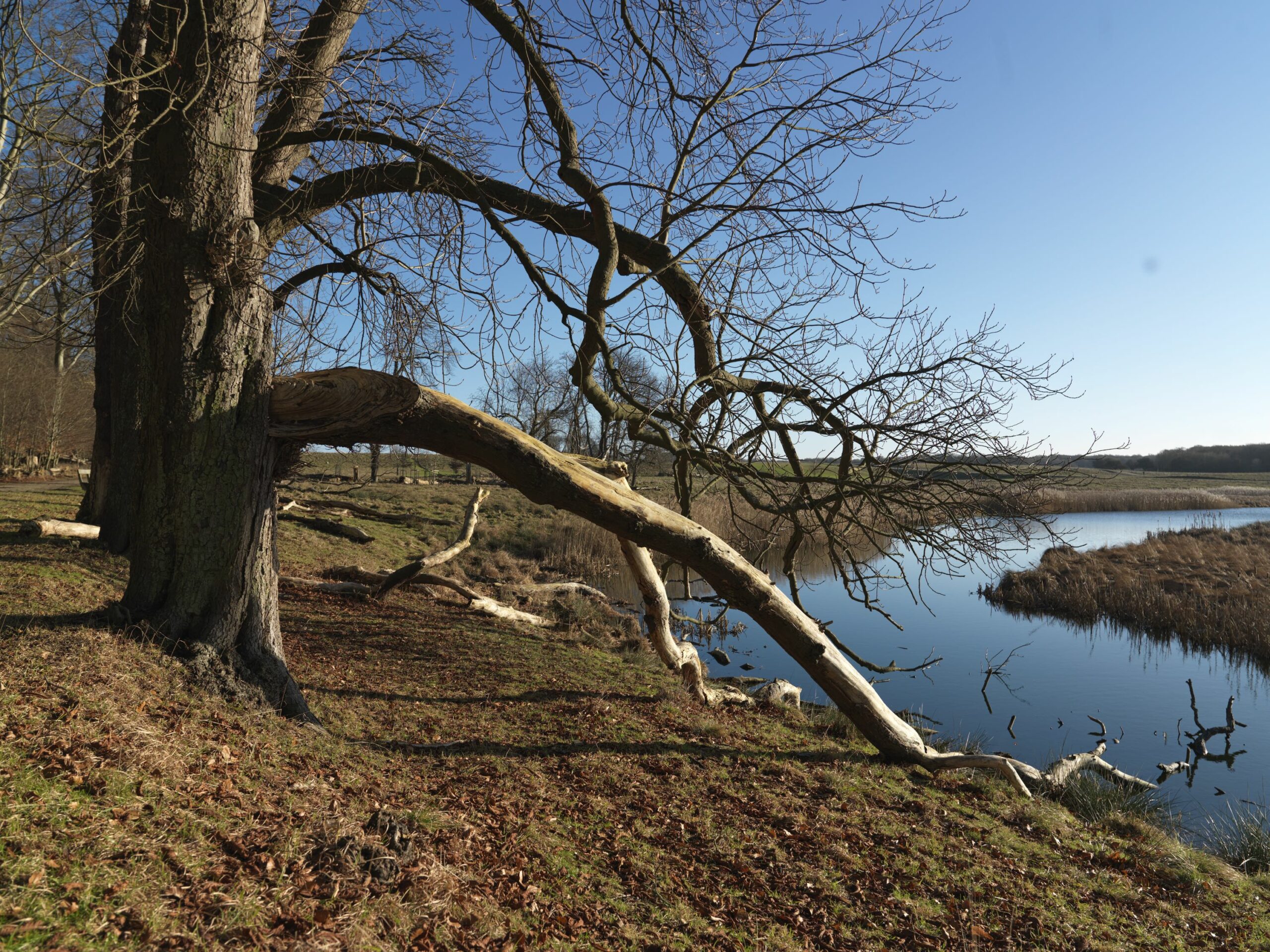After having shot on Hasselblad 500 CM analog film camera since I was 20 years, and having owned and shot on the incredible Hasselblad X1D II 50C for the last 2 years, I decided to try another Hasselblad series camera, a camera from the professional H series.
I found a good deal on a camera with lens and digital back from a danish dealer, and I decided to go for it. The camera is a Hasselblad H3D-39 with a 39 mpix digital back, a prism finder, and an 80mm f2.8 lens.
I have now been shooting with this camera for the last couple of months, and despite its age – it was released in 2006 – I keep getting impressed with the performance of it.

Let’s delve into some details of the camera. The H series started with the H1 which was a 120 film based camera that also could shoot on a lot of different digital backs. That camera later got an update with the H2, also film based but with the possibility to use digital backs from several brands.
With the H3D Hasselblad decided not to support 3rd party digital backs, and became the sole supplier of backs for the camera. The 39 mpix back for the H3D contains a CCD sensor as opposed to the CMOS sensors of today. There are definitely a lot of advantages to the CMOS sensors, the primary being their ability to deliver low noise images at higher ISO settings. Nevertheless, a lot of photographers prefer the CCD technology due to its more film-like rendering of scenes. The CMOS sensors seem to my eyes to render a more artificial look, but I know this is a matter of personal taste. You certainly have to shot at low ISO values with a CCD sensor, otherwise the images will become very noisy, but provided you can do this, the images can be fantastic.
Compared to my Hasselblad X1D and its GFX sensor siblings from Fujifilm the differentiating factor here is sensor size. The CCD sensor much closer to the full medium format with its 36x48mm sensor, whereas the X1D “only” has a sensor of 33x44mm. That means the sensor is double the size of a full frame sensor, giving a crop factor of 0.7. Thus, the 80mm lens provides approximately the same view as a 50mm on a full frame, and therefore is typically supplied as the normal lens with this camera. The aperture of 2.8 also “crops” to correspond to around f/2.


Since I bought the camera, I added a 150mm f/3.2 (full frame equivalent 105mm f/2.2) and a 35mm f/3.5 (full frame equivalent 24mm f/2.4). For this camera the best portrait lens would probably be the HCD 100mm f/2.2 providing approximately what would be 70mm f/1.5 in full frame terms, thus giving you really beautifull background blur. If doing more weddings or portrait shoots with this camera, I expect to get the 100mm, providing a find a reasonable deal.
One of the nice things for me using this camera is, that it somehow resembles my old Hasselblad 500CM although it is digital and has autofocus, but at the same time I can use the same Hasselblad supplied software, Phocus, for postproduction work that I already use for the X1D.
The colors coming out of this camera is typical for Hasselblad digital cameras, and to my eyes are the best I have seen on any camera. As the same time the CCD sensor provides a much more film like look to the images, and those two factors are crucial for me. Especially for my ongoing project of documenting a beautiful nature area north of Copenhagen, this camera together with the X1D provides exactly the look that i prefer. Therefore, I have decided to shoot solely on these cameras for the book I’m preparing images for.

Conclusion
I’m very satisfied with the results coming from the H3D-39, and I like the handling of the camera though it is both heavy and slow in use. Being exactly my style of photography, I’m quite happy I decided to try this camera, and I will probably gradually expand the use for other types of scenarios than nature and portraiture.
Perhaps on a later stage, I will get a film magazine for the camera enabling me to use it both digitally as well as a 6×4.5 film camera. Only problem is, that the film backs are excessively expensive. As mentioned earlier, I will definitely try to get hold of the 100mm f/2.2 lens, as that will provide a really strong lens for portraits and weddings.
Did I forget to mention, that there is actually an adapter making it possible to use the HCD lenses on the X1D including utilizing the leaf shutter and retaining autofocus. Maybe that will also be an option for me.